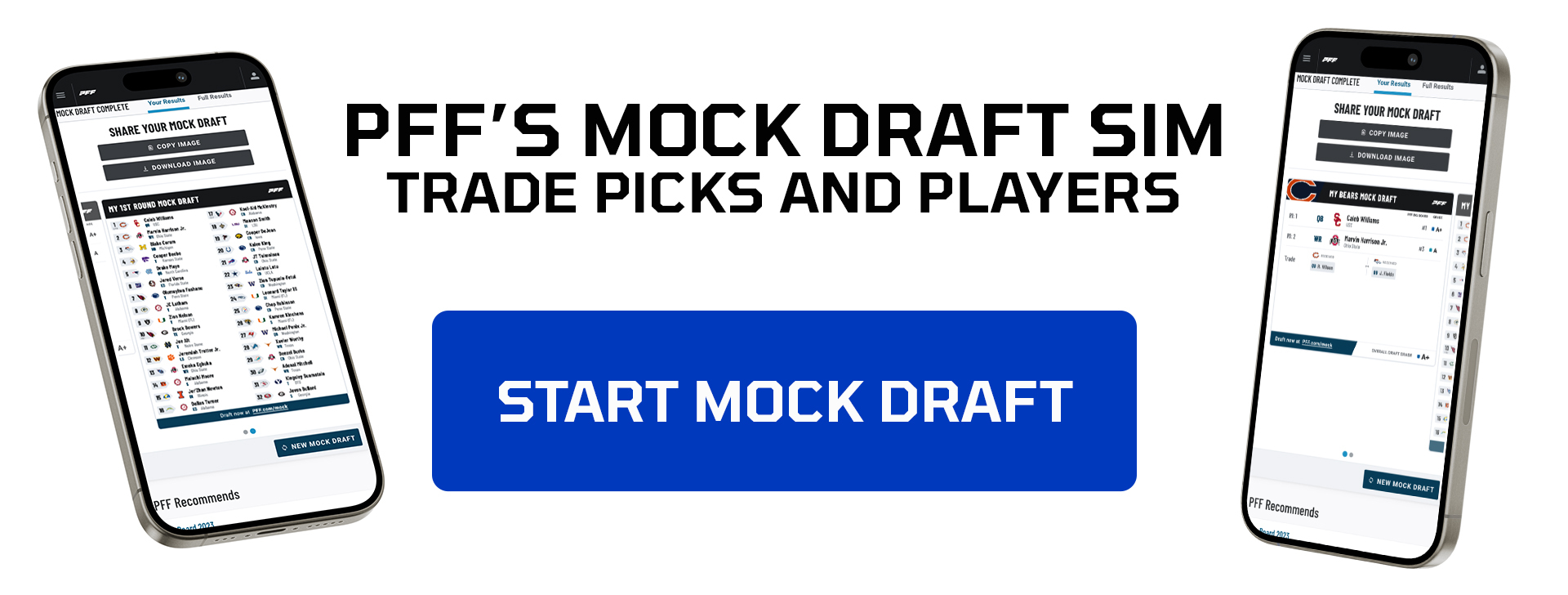
Ever since the COVID-19 pandemic hit in March of 2020, the Toronto Maple Leafs have been up against the NHL’s mandated salary cap. After years of annual payroll increases in how much a team could spend (average annual basis), the NHL froze that number to $81.5 million until this upcoming season when the cap moved up to $82.5 million.
The modest increase wasn’t enough to help the Maple Leafs retain some unrestricted free agents. Ilya Mikheyev, who had been a speedy and reliable winger, bolted for the Vancouver Canucks after signing a four-year, $19 million contract. One year before that, popular forward Zach Hyman signed a seven-year, $38.5 million deal with the Edmonton Oilers.
Toronto, to their credit, have managed to find players via free agency that have provided value in an effort to help fill the void of departing players. And last year, the Maple Leafs signed forward Michael Bunting to a two-year, $1.9 million contract. Another player who worked out well, David Kampf, also signed a two-year contract last summer and is committed to the club this season at a salary cap hit of $1.5 million.
Both players mentioned are eligible to sign an extension with the club. It’s not clear yet how strong of a priority that is for the Maple Leafs at this moment, but with a plethora of contracts set to expire at the end of the upcoming season, there may be more room to accommodate a raise for both players should they have productive seasons like they did in 2021-22.
At minimum, there should be some room to give Bunting, who had 23 goals and 63 points in 79 games last season, a well-deserved bump.
According to PuckPedia.com, the Maple Leafs have just 12 players committed for the 2023-24 season at a combined cap hit of $68,380,616. With news that the NHL generated revenues of approximately $5.2 billion last year, it’s safe to assume that — at minimum — the salary cap will continue with its projection of a $1 million increase to $83.5 million. That leaves the Leafs with $15,119,284 to commit to anywhere from eight to 11 players. That’s not a heck of a lot money to play with for a lot of spots to fill. But it does leave a bit of room to retain a player or two like a Bunting or Kampf.
The Maple Leafs signed Bunting on July 28, 2021. One day, later he admitted that there were offers from other clubs and some had offered him more money.
“The communication I had with Kyle [Maple Leafs GM Kyle Dubas] and Sheldon [Maple Leafs head coach Sheldon Keefe] and the opportunity that I had to come home and play for my team and compete for a Stanley Cup was worth the pay cut in mind,” Bunting said. “I definitely do not regret my decision and I’m looking forward to getting it going.”
After bouncing up and down the Maple Leafs lineup, the 26-year-old Bunting found a home as a regular top-line left winger alongside star forwards Auston Matthews and Mitch Marner. All three players enjoyed career seasons in points and goals scored. And it was evident that Matthews and Bunting had an established chemistry both on an off the ice.
"Having that type of banter and that type of chemistry is important," Keefe said of Bunting and Matthews earlier this year. "It makes you excited to play with a guy and when things are good things are usually really good because you're feeding off that energy. It also allows you to have difficult conversations and push and challenge each other at the same time."
Scroll to Continue
Bunting, and his ability to be a best at the net, was particularly helpful in Matthews’ MVP season.
According to NaturalStatTrick.com, Matthews generated more scoring chances in high-danger areas when Bunting was on the ice with him this season (64.7 HDCF%) compared to without him (59.4 HDCF%).
Bunting assumed first-line duties in mid November and didn’t relinquish the role until late in the season due to injury. Based on the minutes on and off the line, Bunting played approximately 80 percent of the season with Matthews and Marner.
Compare that to the 2021 season when the Leafs experimented with several first line wingers. Joe Thornton started the season on the top line. Alex Kerfoot (who is also a pending unrestricted free agent next summer) filled that role in addition to Hyman.
Given the proportion of time Bunting spent on Matthews’ line this season and the success it generated. it’s imperative that the Leafs figure out a way to keep the speedy and gritty forward around.
Is Bunting to Matthews what Chris Kunitz was to Sidney Crosby? It’s not quite clear yet. But if the Maple Leafs are wanting to improve their chances of having Matthews sign an extension with the club beyond the 2023-24 season, having Bunting locked in instead of running the risk of another rotating door of wingers is probably worth the pay increase that the Scarborough native would command.
Given the track record of the last few years, letting a pending UFA get to the end of the season hasn’t translated into re-signing with the Maple Leafs. That’s not to say it can’t happen. But now may be the time to figure out an extension for the buy-low player that paid the biggest dividends for the club.
Further Reading
Why the Maple Leafs Don’t Need to Force a Trade to Become Salary Cap Compliant
Calle Jarnkrok’s Contract Signals Return of Maple Leafs’ Pre-Pandemic Salary Cap Strategy
It’s Way Too Early to Worry About Auston Matthews’ Future with the Maple Leafs
Maple Leafs’ Pending Free Agents Like Bunting May Be Easier to Re-Sign in 2023 - Sports Illustrated
Read More

No comments:
Post a Comment